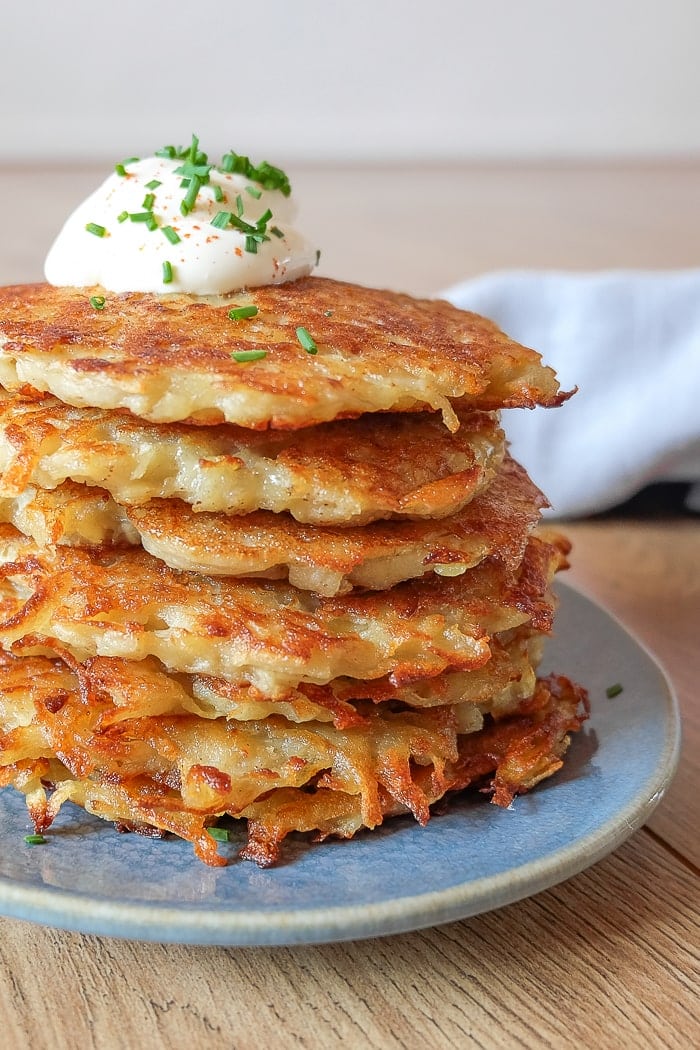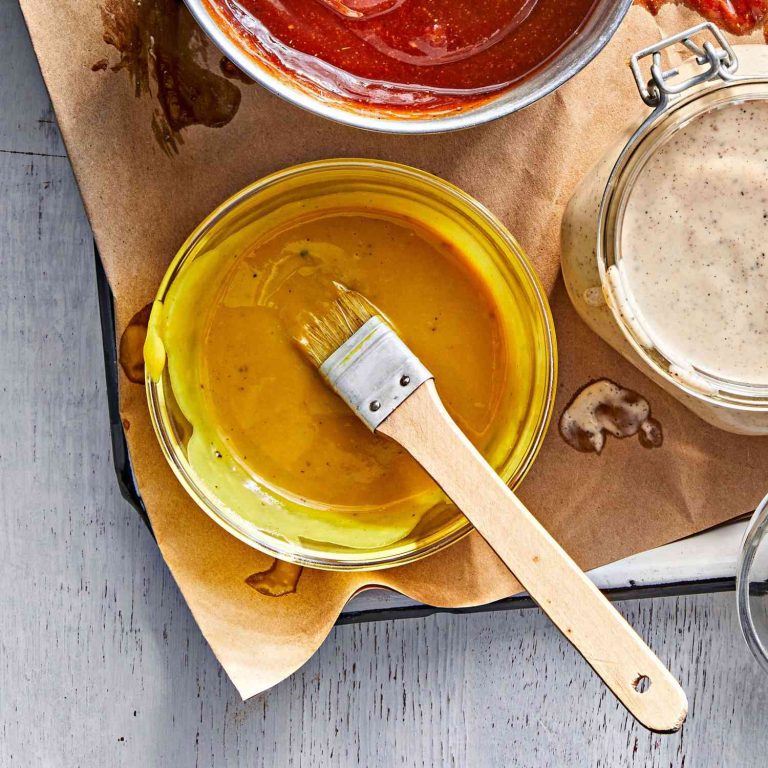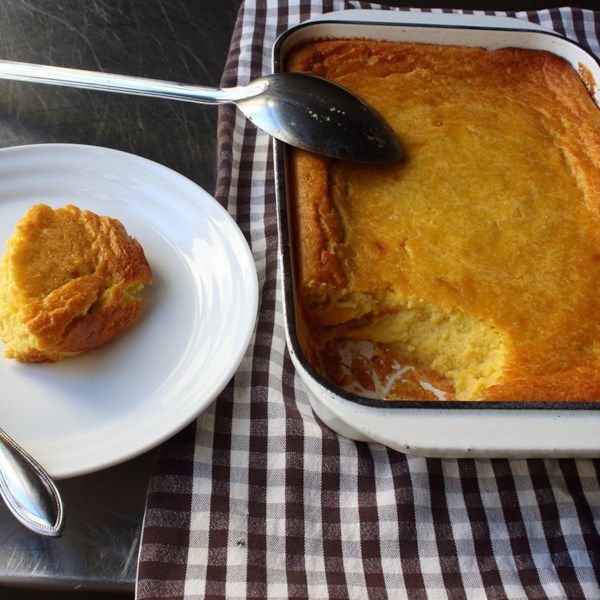Potato Pancakes: Origins, Recipes, and Serving Ideas
Potato pancakes, beloved for their crispy texture, date back centuries. They have deep roots in Eastern European cuisine, particularly in Jewish communities as latkes. Historical records show they gained popularity during Hanukkah, symbolizing the miracle of oil. However, variations existed across Europe. In Germany, kartoffelpuffer emerged, while Poland saw placki ziemniaczane. Despite regional differences, they all featured grated potatoes, salt, eggs, and oil or fat for frying.
Regional Variations
Potato pancakes enjoy diverse regional interpretations:
- Latkes (Jewish): Traditionally eaten during Hanukkah, often served with applesauce or sour cream.
- Kartoffelpuffer (Germany): Typically paired with apple sauce or meat dishes.
- Placki Ziemniaczane (Poland): Commonly served savory with various sauces or goulash.
- Draniki (Belarus): Usually accompanied by sour cream or pork.
Each variation shares common elements while reflecting local flavors and traditions.
Key Ingredients for Potato Pancakes
Choosing the Right Potatoes
For authentic potato pancakes, high-starch potatoes like Russets or Yukon Golds are ideal. The high starch content helps the pancakes achieve a crispy exterior while maintaining a tender interior. Peel and grate the potatoes, then squeeze out excess moisture to prevent sogginess during frying.
- Onions: Finely grated onions add flavor and moisture to the pancake batter. They complement the potatoes and enhance the overall taste.
- Eggs: Eggs bind the mixture, ensuring that the pancakes hold their shape during cooking. Typically, one or two eggs per pound of potatoes is sufficient.
- Flour or Matzo Meal: A small amount of flour or matzo meal absorbs excess moisture and provides structure. Use approximately two tablespoons per pound of potatoes.
- Salt and Pepper: Season the batter with salt and pepper to taste. These basic spices bring out the natural flavors of the potatoes and onions.
- Oil for Frying: Use a high-smoke-point oil like vegetable oil or canola oil for frying. It ensures the pancakes cook evenly and develop a golden-brown crust.
Having the right ingredients is crucial for making delicious potato pancakes. By selecting high-starch potatoes and incorporating essential ingredients like eggs, onions, flour, and seasonings, you can achieve the perfect balance of flavors and textures.
Step-by-Step Potato Pancakes Recipe
Preparing the Potatoes
First, peel the potatoes and grate them using a box grater or food processor. Use high-starch potatoes like Russets for the best texture. After grating, transfer the potatoes to a bowl, then cover them with water to prevent browning. Let them sit for a few minutes. Drain the potatoes and place them in a clean kitchen towel. Squeeze out as much liquid as possible. Removing excess moisture ensures crispier pancakes.
Mixing and Cooking Techniques
In a large bowl, combine the grated potatoes with finely chopped onions. Add eggs, flour, salt, and pepper to the mixture. The eggs and flour act as binding agents, holding the mixture together while frying. Mix everything thoroughly. Heat a large skillet over medium-high heat, then add a generous amount of oil. Once the oil is hot, drop spoonfuls of the potato mixture into the skillet, flattening each to form thin pancakes. Cook until golden brown and crispy, about 3-4 minutes per side. Adjust the heat as necessary to prevent burning. Transfer to a paper towel-lined plate to absorb excess oil before serving.
Nutritional Information
Health Benefits of Potato Pancakes
Potato pancakes offer several health benefits when prepared with wholesome ingredients. High-starch potatoes provide a good source of complex carbohydrates, which supply steady energy. These carbohydrates help maintain stable blood glucose levels more effectively than simple sugars. Adding onions to the batter boosts antioxidant intake, contributing beneficial compounds like quercetin, which supports immune function.
Eggs, integral in the recipe, enhance the protein content. Protein is essential for muscle repair and growth, making potato pancakes a more balanced meal option. Using a moderate amount of oil for frying can improve the fat profile of the dish, as certain oils like olive or avocado oil contain healthy monounsaturated fats. In moderation, these fats support heart health by maintaining good cholesterol levels.
Caloric Content and Dietary Considerations
The caloric content of potato pancakes varies depending on ingredient proportions and cooking methods. A standard serving, roughly two pancakes, usually contains approximately 200-300 calories. This estimation includes the potatoes, eggs, onions, and minimal oil use for frying. Those monitoring calorie intake should consider portion sizes and choose lower-calorie oils if needed.
For dietary considerations, potato pancakes can be adapted to fit various needs. Gluten-free flour can replace regular wheat flour, making the dish suitable for those with gluten intolerance or celiac disease. Using egg substitutes allows vegans to enjoy a vegan-friendly version without sacrificing texture. Opt for non-dairy milks or yogurt when serving to align with lactose-free diets.
Paying attention to the type of oil used for frying is crucial for those with dietary restrictions related to fat consumption. Lightly brushing the skillet with oil reduces the amount used, making the dish suitable for low-fat diets while maintaining the desired crispiness. Adjusting these elements ensures that potato pancakes can remain a versatile and inclusive dish across different dietary requirements.
Serving Suggestions
Traditional Accompaniments
Enhance your potato pancakes by pairing them with classic sides. Applesauce provides a sweet contrast to the savory pancakes, while sour cream adds creaminess. Use fresh herbs like dill or chives to garnish for added flavor. If you want a heartier meal, serve with smoked salmon or a dollop of caviar. These traditional accompaniments create a well-balanced plate.
Modern Twists on Serving
Experiment with contemporary toppings for a fresh take. Avocado slices or guacamole introduce a creamy texture. Salsa and a squeeze of lime offer zesty flavors. Combine potato pancakes with poached eggs and hollandaise sauce for a brunch option. For a Mediterranean twist, top with tzatziki and chopped olives. These modern twists keep your dish exciting and versatile.
Conclusion
Potato pancakes offer a delicious and versatile option for any meal. By using wholesome ingredients and healthy cooking methods, you can enjoy this classic dish while maintaining a balanced diet. Whether you prefer traditional accompaniments like applesauce and sour cream or modern twists like avocado and poached eggs, there are endless ways to elevate your potato pancakes. Embrace the opportunity to experiment with different flavors and ingredients to create a meal that’s both nutritious and satisfying.






